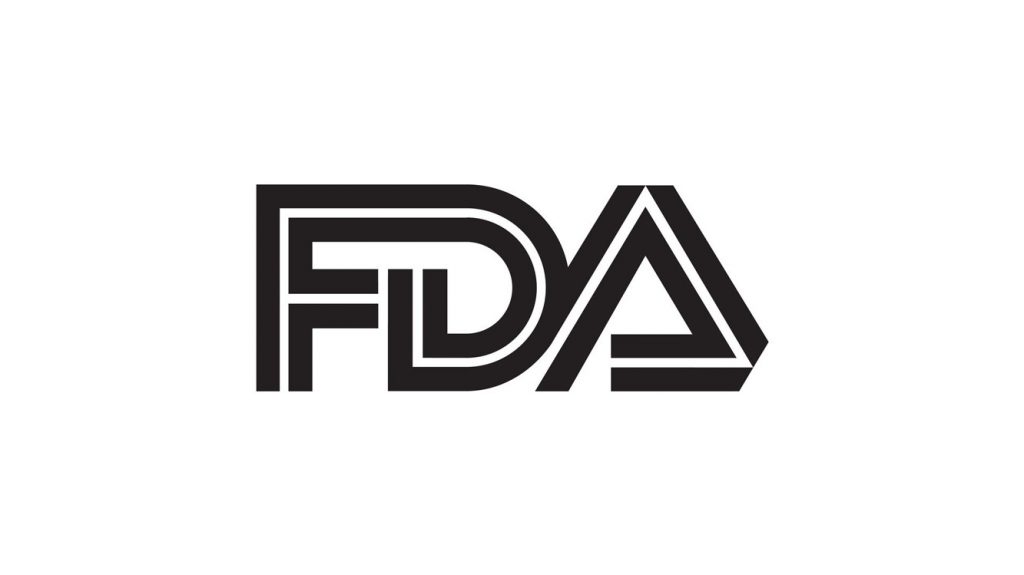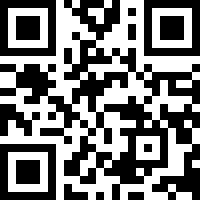The DSCSA is the Drug Supply Chain Security Act. It was enacted to amend the Federal Food, Drug, and Cosmetic Act with respect to human drug compounding and drug supply chain security, as well as other purposes, on November 27, 2013. It is also sometimes cited as the Drug Quality and Security Act. The Act started being implemented in 2014.
Beginning in 2014, the DSCSA was put together and implemented using an overall 10-year plan.
There are 15 key activities and implementations, each with their time frames and some include stakeholder implementation.
The FDA shows the 15 key activities as:
- Issue notice of public docket to collect stakeholder comments on standards for interoperable exchange of transaction information, history and statement in paper or electronic format. Planned FDA implementation period: Beginning of 2014 through early 2014.
- Publish guidance on identification of suspect product and termination of notifications of illegitimate product for finished human prescription drugs. Planned FDA implementation period: Beginning of 2014 through mid-2014.
- Publish draft guidance establishing standards for interoperable exchange of transaction information, history, statement in paper or electronic format. Planned FDA implementation period: Beginning of 2014 through late 2014.
- Establish a system for third-party logistic provider reporting to FDA. Planned FDA implementation period: Beginning of 2014 through late 2014.
- Establish a system for wholesale drug distributor reporting to FDA and public database with licensing information. Planned FDA implementation period: Beginning of 2014 through the end of 2014.
- Develop regulations establishing standards for licensing of wholesale drug distributors. Planned FDA implementation period: Beginning of 2014 through late 2015. Planned stakeholder implementation period: Late 2015 through late 2017.
- Develop regulations establishing standards for licensing of third-party logistics providers. Planned FDA implementation period: Beginning of 2014 through late 2015. Planned stakeholder implementation period: Late 2015 through late 2016.
- Publish guidance on processes for waivers, exceptions, exemptions. Planned FDA implementation period: Beginning of 2014 through late 2015. Planned stakeholder implementation period: late 2015 through mid-2017.
- Publish final guidance on grandfathering product. Planned FDA implementation period: Beginning of 2014 through late 2015.
- Conduct at least five public meetings. Planned FDA implementation period: Beginning of 2015 through mid-2021.
- Establish one or more pilot projects in coordination with stakeholders to explore and evaluate methods to enhance the safety and security of supply chain. Planned FDA implementation period: Beginning of 2015 through end of 2020.
- Conduct and complete a technology and software assessment on feasibility of small dispensers to conduct drug tracing at the package level. Planned FDA implementation period: Beginning of 2017 through end of 2020.
- Publish final guidance on system attributes necessary to enable secure tracing at the package level. Planned FDA implementation period: Beginning of 2018 through late-2022. Planned stakeholder implementation period: Late 2022 through late 2023.
- Publish final guidance on the standards for interoperable data exchange to enhance secure tracing of product at package level. Planned FDA implementation period: Beginning of 2018 through late-2022. Planned stakeholder implementation period: Late 2022 through late 2023.
- Develop regulations establishing enhanced drug distribution security system for interoperable electronic tracing of product at the package level. Planned FDA implementation period: Beginning of 2017 through late-2021. Planned stakeholder implementation period: Late 2021 through late 2023.
DSCSA is written in very complicated and complex terminology, much more so than previous US drug laws, so Dirk Rodgers, a Regulatory Strategist for Systech International, who focuses on healthcare supply chains, read it many times and broke it down in March 2014 on his site, RxTrace. RxTrace is an independent website that says it does “a comprehensive exploration of the healthcare supply chains, track and trace technology, standards and global regulatory compliance.”
He explains that the DSCSA focuses on the finished drug product and its process of getting to the dispensary and consumer. It is about who is touching the product, where it is located, where there may be vulnerabilities in the supply chain, and what are the threats of infiltrating it.
Dr. Ilisa Bernstein, Deputy Director, Office of Compliance, Center for Drug Evaluation and Research, U.S. Food and Drug Administration says the goal of DSCSA is “to minimize, reduce, and/or mitigate any of those vulnerabilities and threats. And in doing so, we are all charged with developing an electronic interoperable system by 2023 to identify and trace products as they move through the supply chain.”
To figure out and develop that system, the FDA has established a series of DSCSA public meetings, the last of which is set to occur on February 28, 2018. The FDA’s vision for their Enhanced Distribution Drug Security (EDDS) is to provide increased public health benefits, ensure diligence and vigilance of trading partners, support FDA’s compliance efforts, be adaptable and flexible, and be interoperable with the healthcare system and global marketplace.
Luckily for everyone, we don’t have to wait until 2023! IDLogiq has created tools using blockchain technology to trace and track medications throughout the entire supply chain and is looking to keep everyone safe from counterfeit or incorrect products, whether they are a result of improper handling and safety or more sinister fake goods.


